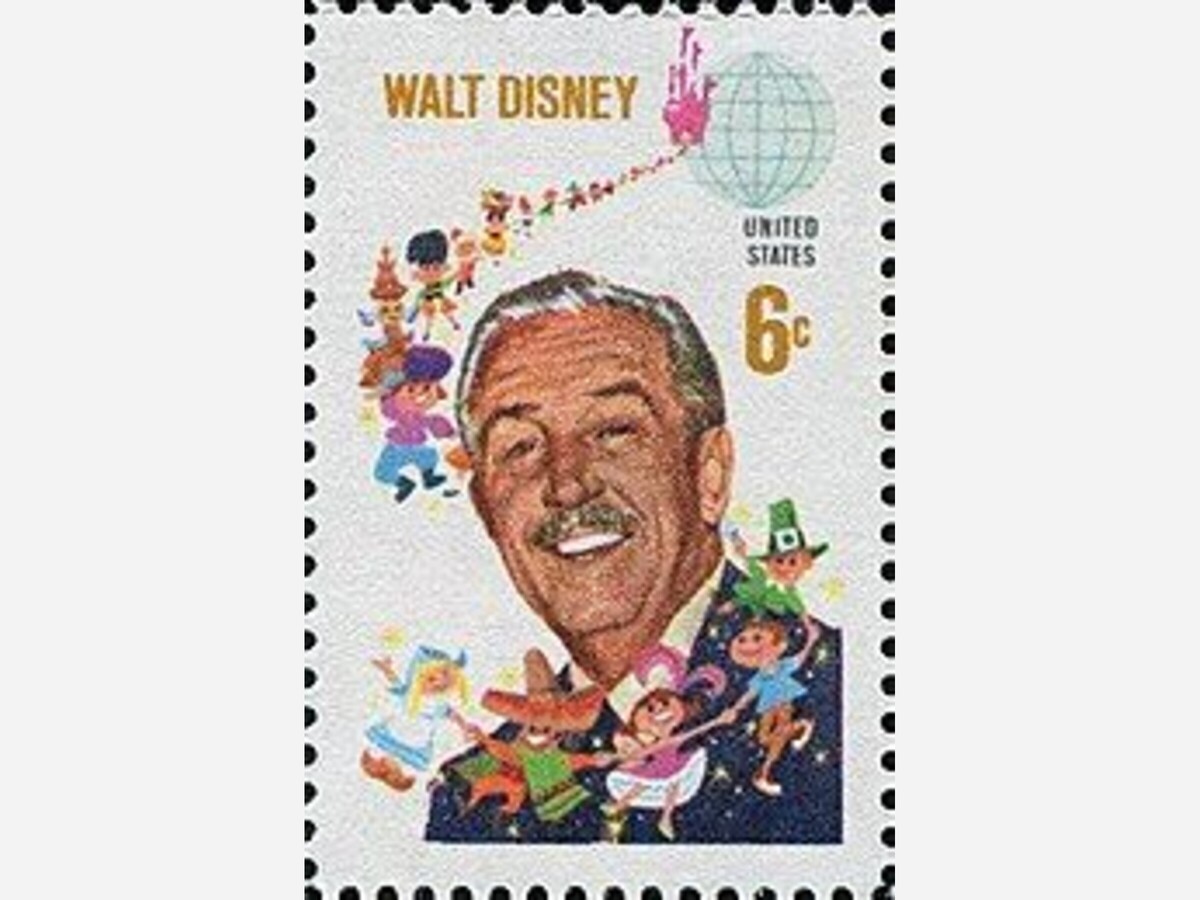Image

Walt Disney’s rise to fame was not a straightforward path but a journey marked by significant obstacles, rejections, and disappointments. His story reflects the resilience and determination required to overcome adversity in pursuit of creative dreams. He was fired from his first job as a newspaper artist because “he lacked creativity.”
Disney’s independent career began with the establishment of Laugh-O-Gram Studios in 1921, where he produced short animations. However, the studio went bankrupt in 1923 after financial backers withdrew support. This failure forced Disney to leave Kansas City for Hollywood with only $40 and a suitcase of dreams (Smith, 112). Once in Hollywood, Walt and his brother Roy founded the Disney Brothers Studio, but they struggled to find distributors willing to grant them creative control, delaying their breakthrough into the animation industry (Johnson, 45).
A pivotal setback occurred in 1928 when Disney lost the rights to his successful character, Oswald the Lucky Rabbit. Distributor Charles Mintz claimed ownership, leaving Disney with nothing. While devastating, this betrayal inspired Disney to create Mickey Mouse, a character he could wholly own, and ushered in his first major success with the release of Steamboat Willie later that year. The film, which introduced synchronized sound in animation, was initially met with skepticism but ultimately solidified Disney’s place in the industry (Brown, 89).
Disney’s ambition for innovation often attracted criticism. When he embarked on his first full-length animated feature, Snow White and the Seven Dwarfs (1937), industry insiders dismissed it as "Disney’s Folly," predicting financial disaster. Despite these doubts, the film became a groundbreaking success, earning $8 million during the Great Depression (Jones, 102). However, Disney’s challenges extended beyond financial and professional setbacks. In 1941, his studio faced an animator strike, with employees accusing Disney of underpaying staff and stifling creativity. This strike not only strained the studio financially but also took an emotional toll on Disney, who lost many trusted animators (Smith, 143).
World War II further complicated Disney’s endeavors. The loss of European markets during the war led to financial strain, forcing Disney Studios to take on government-funded propaganda projects to stay afloat. These pressures delayed many creative initiatives (Johnson, 58).
Criticism of Disney’s artistic abilities also followed him throughout his career. Peers often accused him of lacking the technical skill of animators like Ub Iwerks, his early collaborator. However, Disney’s ability to delegate and innovate proved more valuable than artistic perfection, allowing him to lead his studio to unprecedented heights.
Despite these trials, Walt Disney’s resilience transformed obstacles into opportunities. His persistence in the face of rejection and betrayal led to the creation of some of the most iconic films and characters in history. Disney’s journey exemplifies how vision and determination can turn failure into a foundation for success.